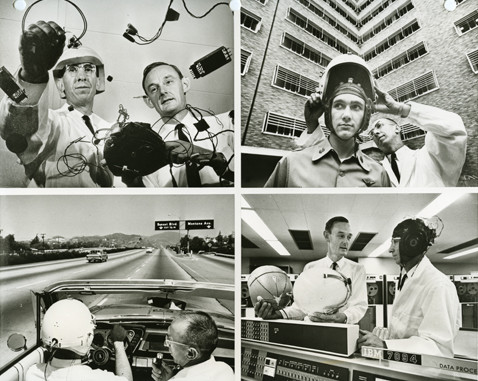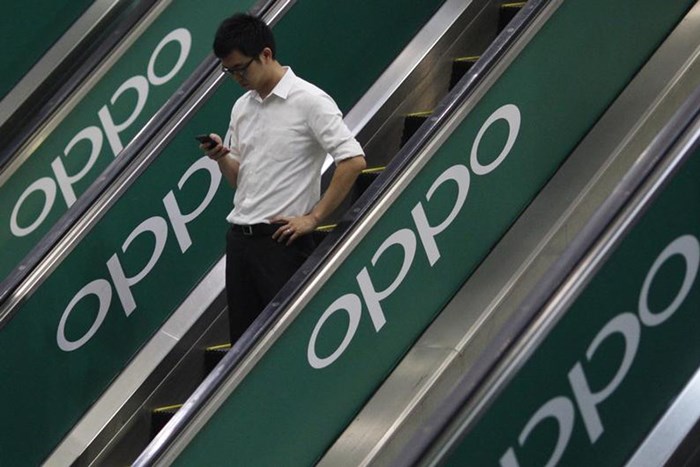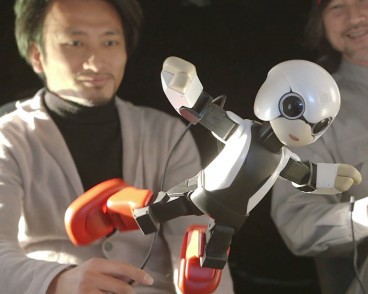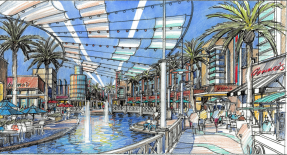Ray Kurzweil, that brilliant guy, has been correct in many of his technological predictions and very wrong in others. An example of the latter: 2009 came and went and computers hadn’t disappeared because information was being written directly onto our retinae by special glasses.
The technologist now prognosticates that in fifteen years, our brains will be connected to the cloud, able to call upon any of the vast (and growing) trove of information. From Anthony Cuthbertson at International Business Times:
Artificial intelligence pioneer Ray Kurzweil has predicted that within 15 years technology will exist that will allow human brains to be connected directly to the internet.
Speaking at the Exponential Finance conference in New York on Wednesday (3 June), Kurzweil hypothesised that nanobots made from DNA strands could be used to transform humans into hybrids
“Our thinking then will be a hybrid of biological and non-biological thinking,” Kurzweil said. “We’re going to gradually merge and enhance ourselves. In my view, that’s the nature of being human – we transcend our limitations.”
“We’ll be able to extend (our limitations) and think in the cloud. We’re going to put gateways to the cloud in our brains.”
Connecting brains to the internet or a cloud computer network will allow for advanced thinking, Kurzweil predicts, and by the late 2030s human thought could be predominantly non-biological.




